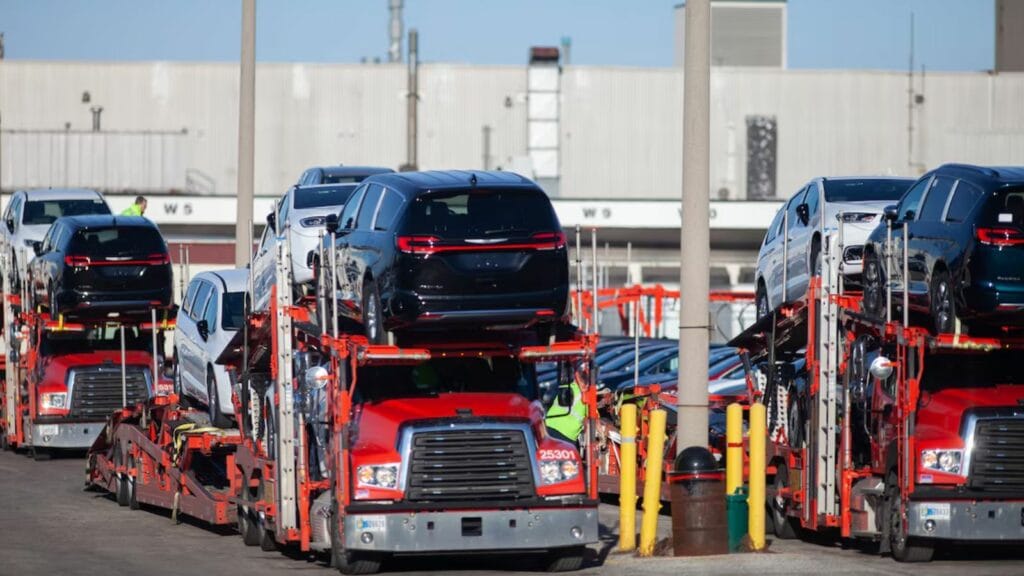Canada’s roads are on the front lines of global trade tensions, and its drivers are paying the price. As auto tariffs, sourcing rules, and border restrictions evolve, the cost of owning, maintaining, and even finding a vehicle in Canada is rising faster than ever. Whether it’s imported parts stuck in red tape or sudden markups on formerly affordable models, policy shifts are making daily driving decisions more expensive and uncertain. These changes are already reshaping the Canadian driving experience, and they all hit the wallet. Here are 25 trade policy shifts that will hit Canadian drivers first:
U.S. Tariffs on Foreign-Made Auto Parts

One of the first hits Canadian drivers will feel is the ripple effect of U.S. tariffs on foreign-made auto parts. Because many Canadian assembly lines and repair shops rely on globally sourced components routed through the U.S., any disruption means longer waits and steeper costs. Brake systems, electrical components, and transmission parts are increasingly subject to delays or inflated prices. Even if the vehicle is assembled in Canada, the hidden costs of tariff-inflated parts can significantly increase repair bills and compromise tight dealer budgets.
New North American Content Rules
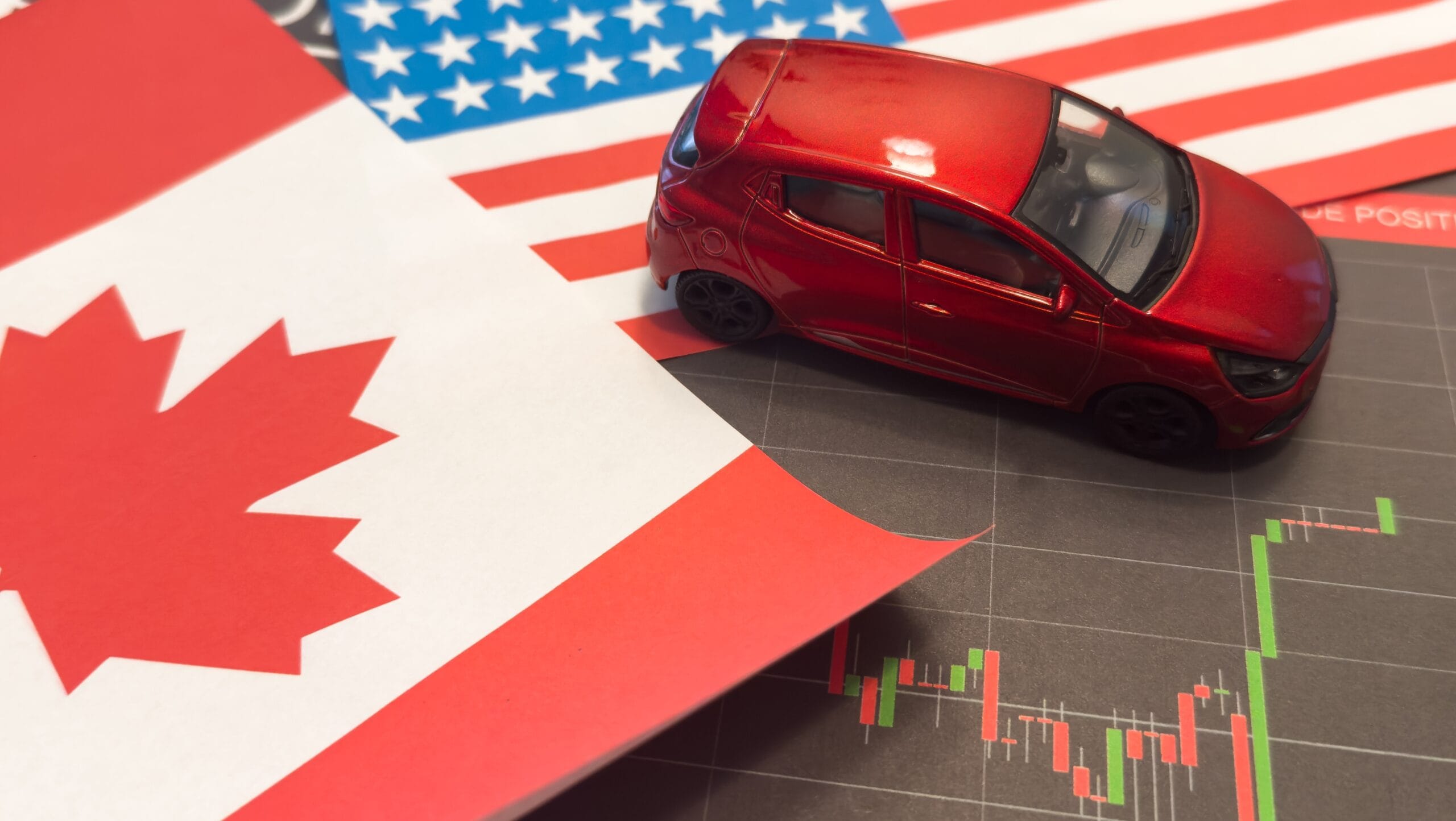
Under revised USMCA provisions, automakers must source a higher percentage of components from North America to qualify for tariff-free treatment. While designed to boost domestic manufacturing, these rules have increased compliance costs and limited the flexibility of Canadian factories. As automakers reconfigure their supply chains, vehicles that once flowed freely across borders now face added scrutiny and documentation requirements. That means production delays and narrowed inventory for Canadian buyers, especially on popular models with global parts origins.
Retaliatory Canadian Tariffs on U.S. Vehicles
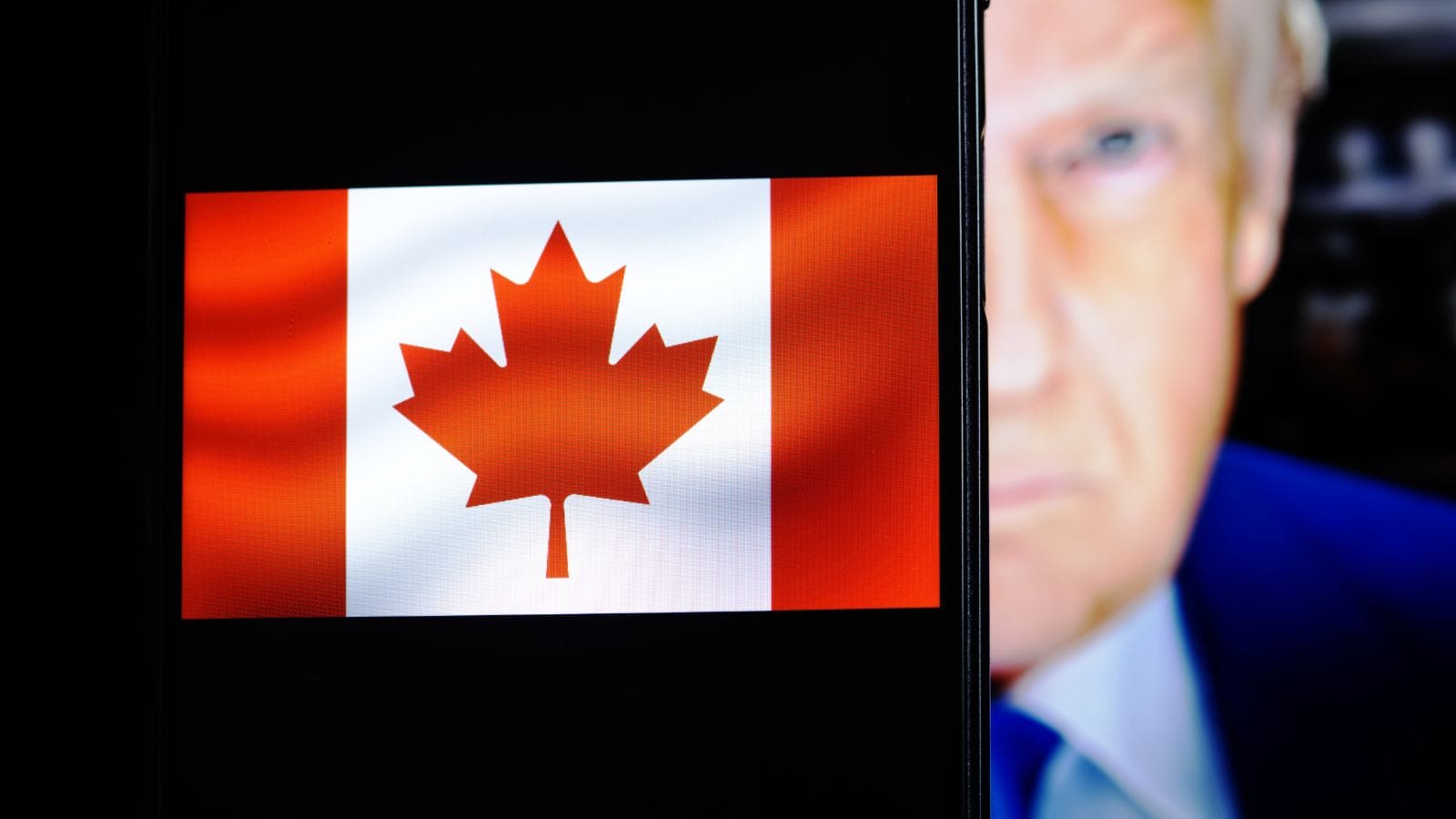
Canada hasn’t sat quietly amid tariff escalations, and Ottawa has imposed its countermeasures, including tariffs on U.S.-built vehicles and parts. While intended to pressure Washington back to the table, these moves also raise the cost of importing American favorites, such as Ford, GM, and Jeep models. Canadian dealerships are already adjusting sticker prices upward or rebalancing inventory to focus on non-U.S. options, where possible. However, for drivers loyal to classic American nameplates, the financial penalty is becoming increasingly difficult to ignore, as even buying domestic now comes with an international price tag.
Border Inspection Delays for Auto Imports
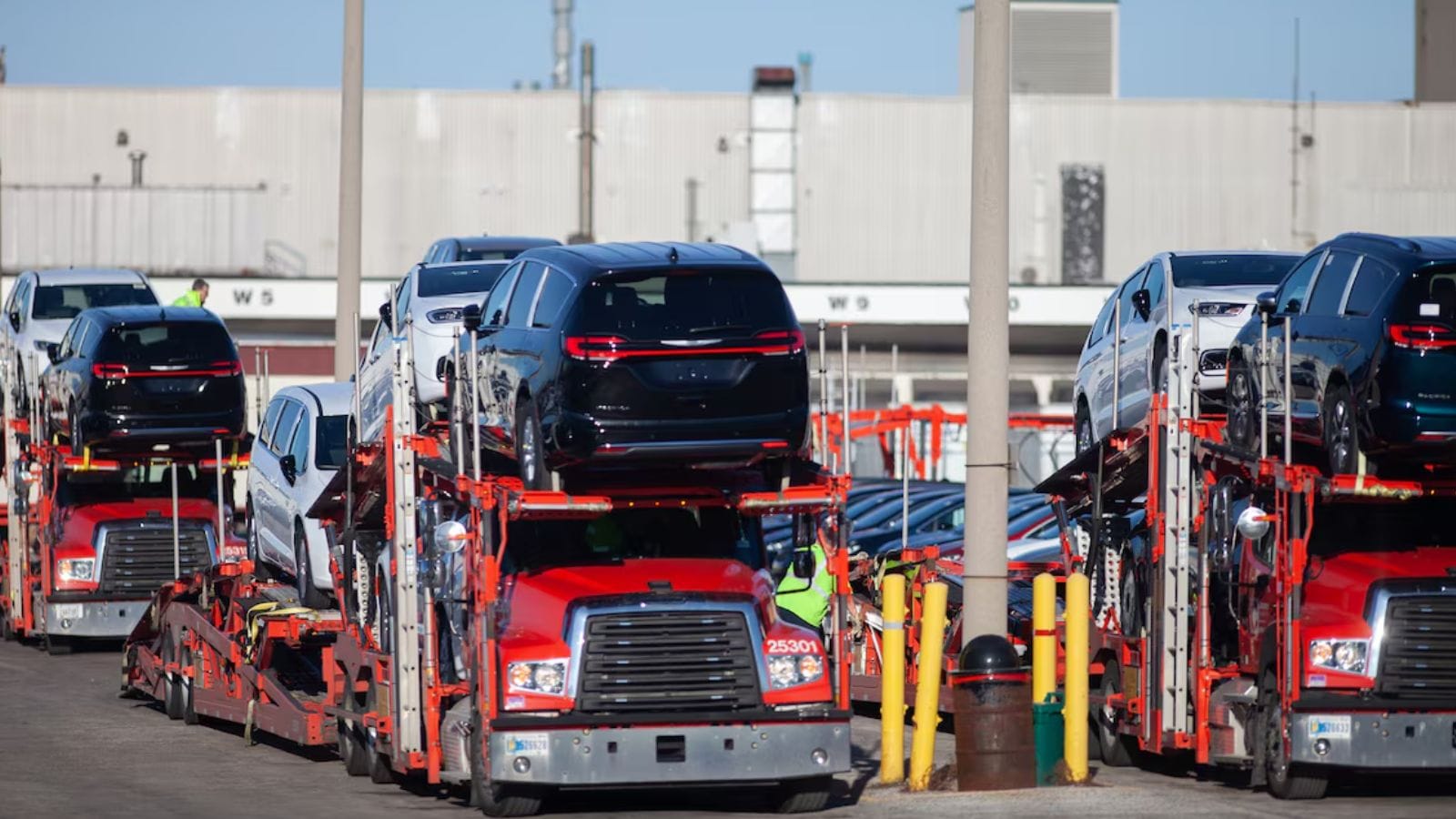
Tighter border protocols, some linked to trade security, others to inspection rules, are slowing vehicle and part shipments into Canada. This means delays not just on new vehicle deliveries but also on repairs, as they wait for imported components. For Canadians in need of quick fixes or fleet operators trying to maintain uptime, these lags are more of a nuisance and cause significant business interruptions. Dealers and service centers across the country report backlogged orders and more frequent cancellations due to shipments stuck in customs, as what used to be a routine delivery can now derail a driver’s entire week.
Higher Tariffs on Electric Vehicle Batteries
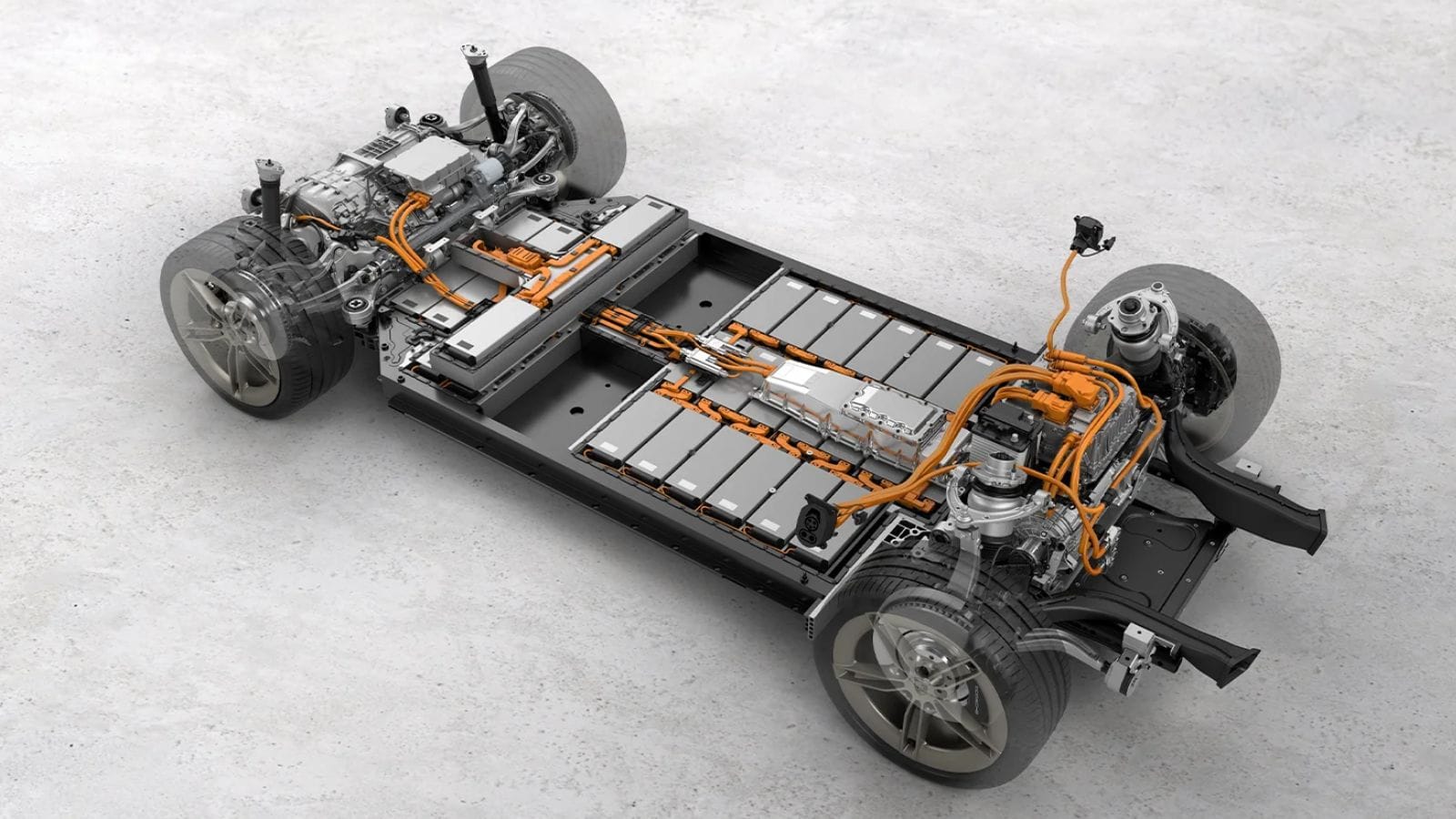
As electric vehicles surge in popularity, EV batteries have become a new flashpoint in global trade disputes. Canadian drivers are now facing added costs due to tariff hikes on lithium-ion battery imports, many of which originate in China or South Korea. These surcharges increase the base cost of EVs and narrow Canada’s already limited range of electric offerings. For environmentally conscious drivers hoping to make the switch, sticker shock is setting in. With battery replacement already among the most expensive long-term EV costs, these tariffs are making clean driving less financially viable.
Tax Incentive Adjustments Based on Origin
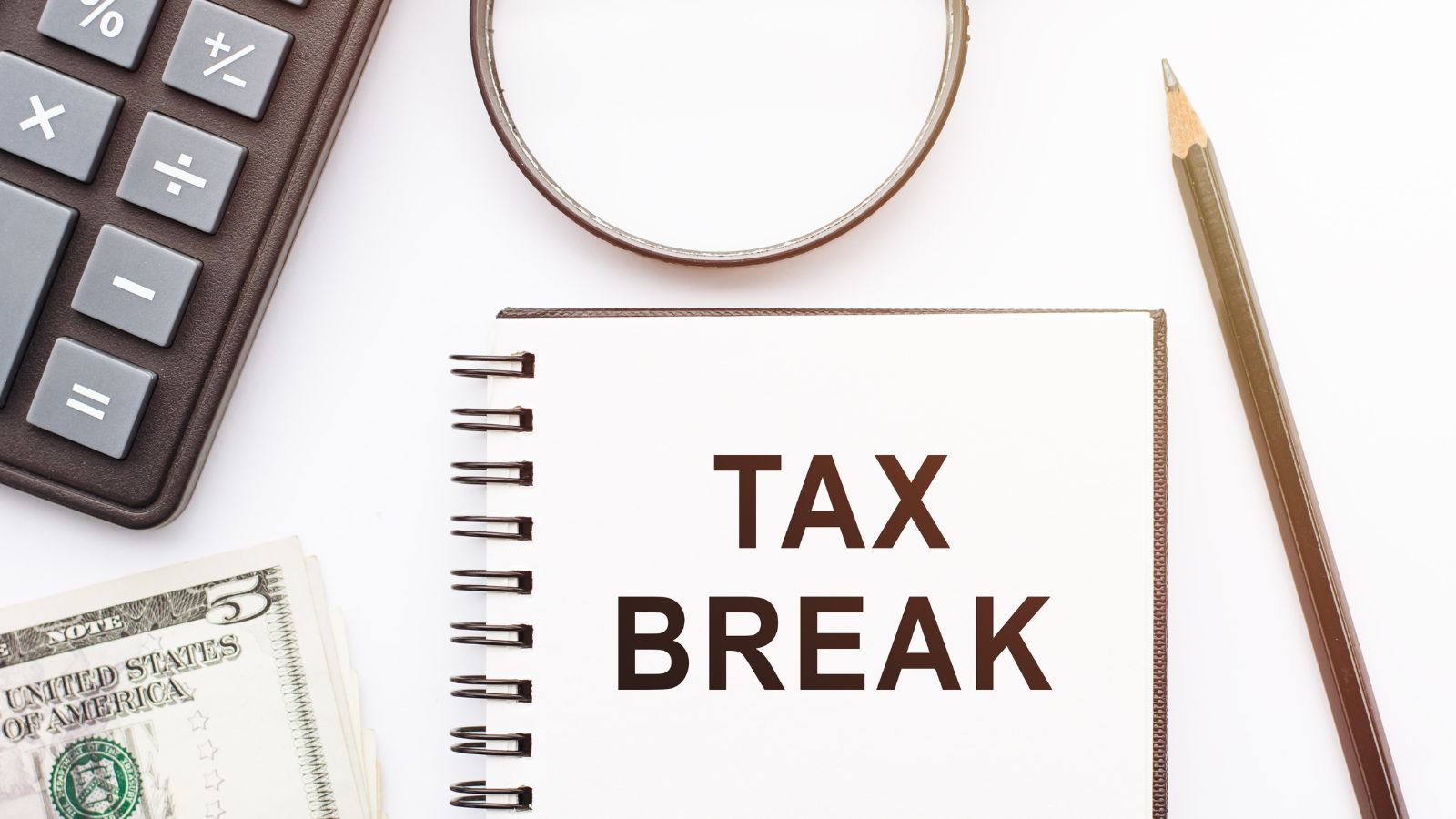
New rules tied to federal EV rebates and green vehicle incentives are increasingly dependent on where a vehicle or its components are sourced. Vehicles not assembled in North America or with battery components from countries subject to tariffs may no longer qualify for rebates, effectively increasing out-of-pocket costs for Canadians. This shift penalizes buyers who were counting on a government discount to justify an EV upgrade, and it also adds confusion at the point of sale, as eligibility depends on constantly changing supply chains.
Suspension of Certain Parallel Import Agreements
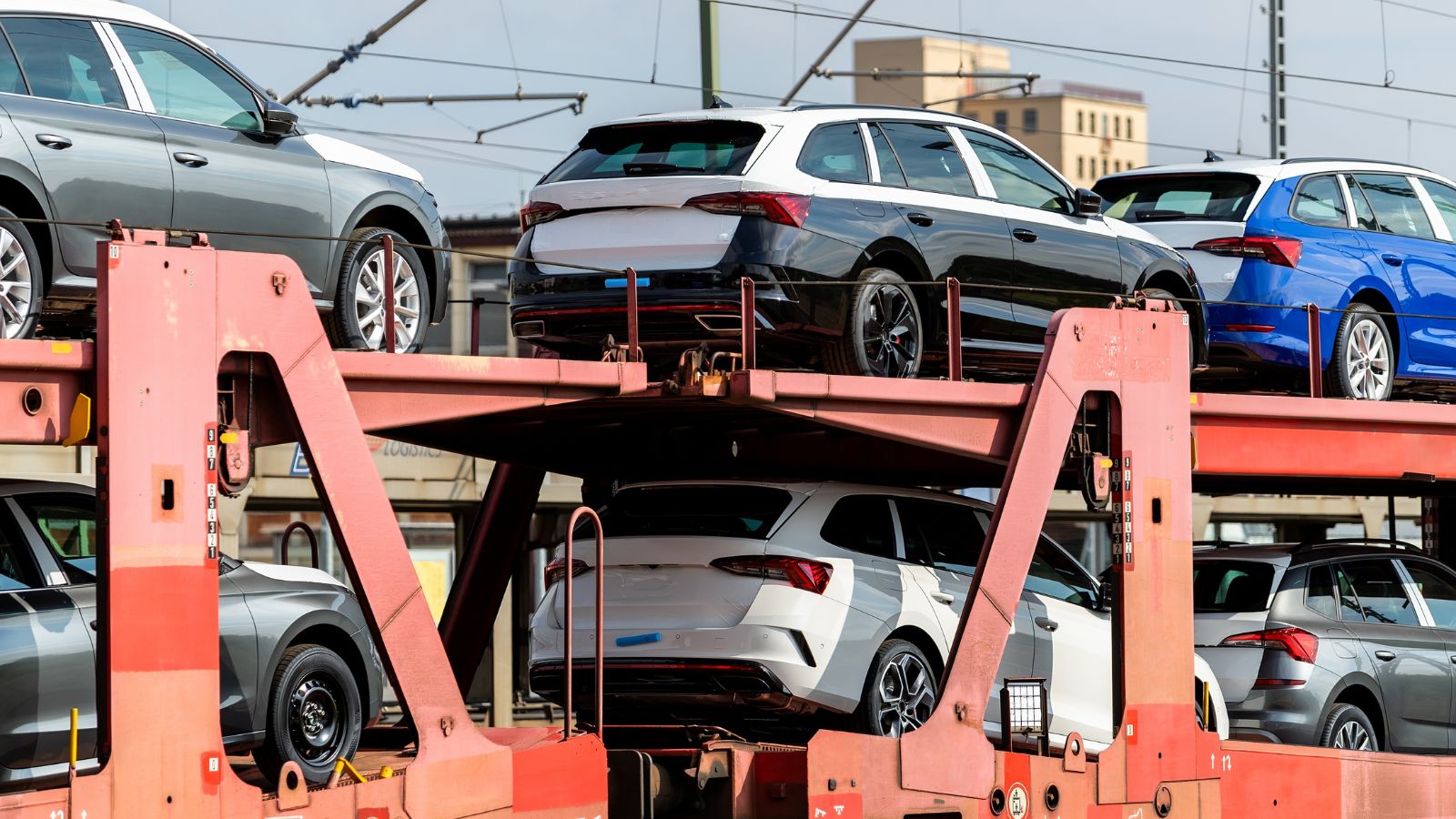
For years, Canadians benefited from parallel import arrangements that allowed certain U.S.-market vehicles to be brought across the border with minimal red tape. But trade tensions have led to the suspension of some of these agreements, cutting off access to vehicles that once provided better value or unique configurations. Enthusiast imports, rare trims, or simply cheaper U.S. stock are now far less accessible. Importers, brokers, and individual buyers are facing rising compliance costs and border rejections, and what was once a workaround to high domestic prices is quickly disappearing.
Increased Tariffs on Aftermarket Parts

Drivers who rely on affordable aftermarket parts to maintain older vehicles are feeling squeezed as new tariffs target components made in China and India. These parts, which include everything from filters and brake pads to suspension kits, have long been a budget-friendly alternative to OEM options. Now, those savings are evaporating, resulting in a growing affordability gap for lower-income drivers who maintain their vehicles well beyond the warranty period. Mechanics are seeing price hikes across the board, and DIYers are facing sticker shock at auto supply shops.
Declining Cross-Border Tire Availability
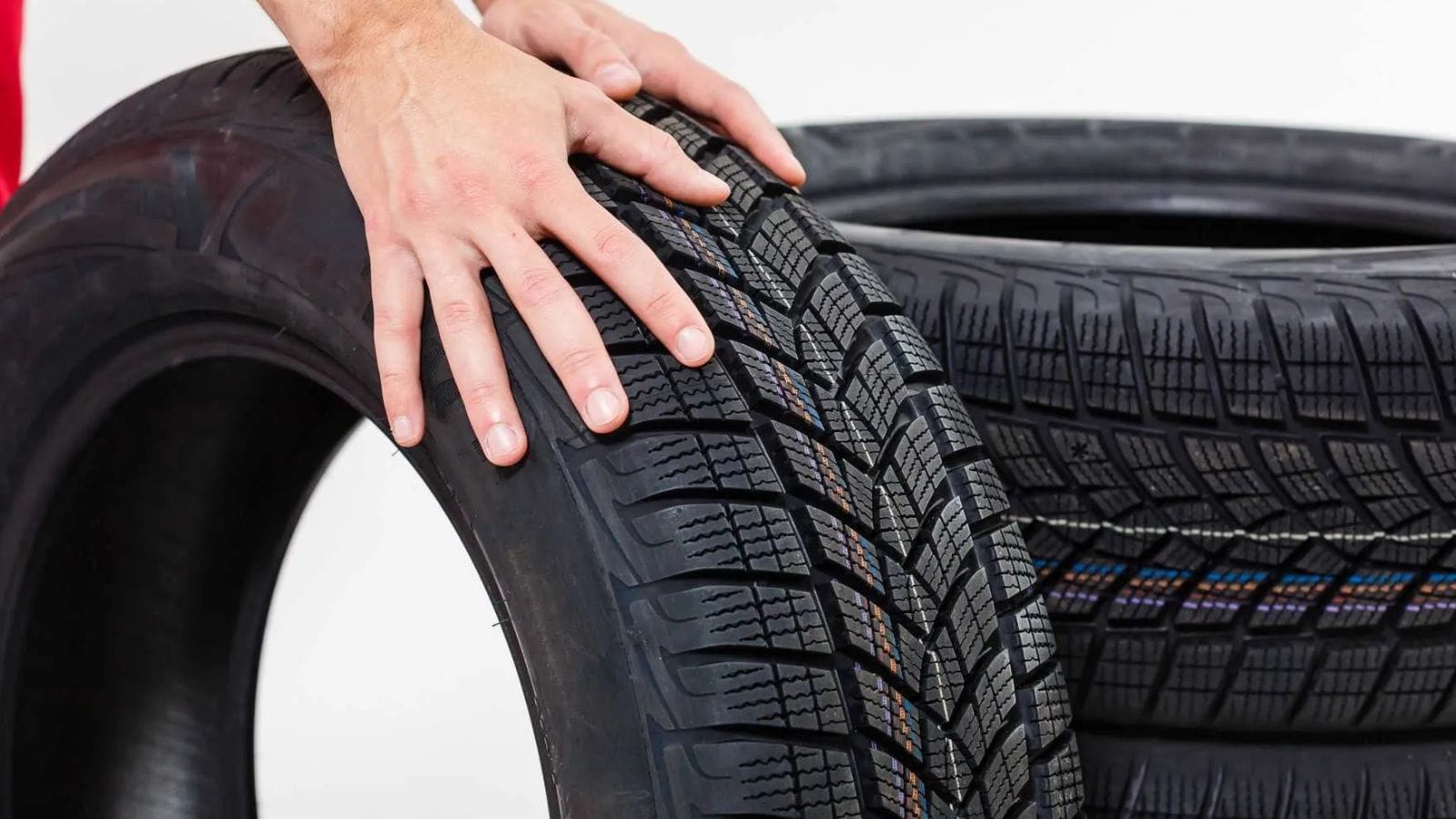
With tariffs and transportation slowdowns affecting the tire supply chain, Canadian drivers are seeing prices rise and options narrow, especially for performance or specialty tires. Many retailers once relied on U.S. distributors for quick delivery and seasonal inventory, but new customs checks, sourcing restrictions, and added import costs are creating backorders that stretch into months. Whether it’s winter tires for safety or summer tires for performance, Canadians are either overpaying or settling for less-than-ideal brands, which impacts roads nationwide.
Vehicle Certification Delays Due to New Origin Rules

Canadian importers must now navigate stricter origin documentation requirements, especially under the evolving USMCA framework. Vehicles that do not meet exact content thresholds may face longer certification timelines or be denied altogether, which can delay everything from fleet acquisitions to luxury imports. Even mainstream models with globally sourced electronics or drivetrains are stuck in regulatory limbo. These holdups ripple down to buyers, who encounter dwindling options and higher prices. For smaller dealerships importing niche or in-demand trims, the added paperwork and delays are often not worth the trouble, cutting Canadians off from formerly accessible models.
Shipping Costs Spiking on Foreign-Built Vehicles

As trade routes adjust and tariffs reroute supply chains, the costs of ocean freight and rail for foreign-built vehicles have surged. Manufacturers that once absorbed these fees are now passing them on to consumers, meaning imported cars, especially those from Japanese and European brands, are costing thousands more in Canada. Compounded by exchange rate shifts and warehouse surcharges, even compact sedans are being priced like luxury cars. For Canadians in urban markets who once leaned on reliable, affordable imports, it’s an unexpected financial blow, as basic cars now arrive with a luxury tax feel.
Loss of Trade-In Value for U.S.-Built Cars

Canadian drivers looking to trade in U.S.-built vehicles are discovering that tariff fallout extends beyond the purchase, as it also impacts resale. As dealers factor in higher repair costs and part delays tied to U.S. content, trade-in values for popular American models, such as the Ford Escape or Chevy Equinox, are dropping. For anyone financing a car or hoping to roll value into a new purchase, that depreciation hits hard, leading to a hidden tax on ownership that disproportionately affects Canadians who previously bought cross-border for savings or selection.
Regulatory Divergence on Emissions Standards

As the U.S. and Canada pursue increasingly different emissions regulations, cross-border vehicle alignment is breaking down. This divergence complicates imports, impacts eligibility for incentives, and could eventually limit the availability of specific models in Canada. Automakers forced to develop separate product lines may delay or skip Canadian releases altogether. For eco-conscious drivers, this means fewer hybrid or plug-in options, while for dealers, it means forecasting inventory in a fog of regulatory uncertainty.
Price Collars on Luxury Vehicle Imports

Luxury car buyers are among the first to feel the squeeze of shifting tariff bands and customs thresholds. High-end European imports, which are already subject to extra scrutiny, now face price caps and taxation hurdles that did not exist a year ago. Once these models surpass certain value ceilings, they trigger higher surtaxes or require added declarations. This has led some importers to skip specific trims or delay releases altogether. Wealthier Canadians may still buy, but with fewer color options, longer wait times, and higher fees.
OEM Incentives Shifting to Tariff-Free Markets

Automakers are quietly redirecting marketing dollars and dealer incentives toward tariff-free markets, leaving Canada with fewer cash rebates and finance offers. U.S. buyers are still seeing 0% APR and loyalty bonuses, while Canadian dealers are forced to hold higher margins to break even. As manufacturers avoid shipping high-cost tariff-impacted models north, Canadian showrooms are missing out on key promotions. For drivers accustomed to aggressive lease deals or cashback offers, the shift signifies that Canada is becoming a lower-priority market in the global automotive playbook.
EV Charging Infrastructure Falling Behind

As auto tariffs redirect government spending and corporate strategy, Canada’s EV charging network is falling behind. With fewer affordable EVs on the road, provinces are scaling back charging station investment, while foreign EV makers facing tariffs are pausing rollout plans. This feedback loop discourages adoption and makes ownership harder, especially in rural or cross-country driving scenarios. Canadians hoping to go electric find themselves stuck, either without a charger nearby or without an EV they can reasonably afford.
Specialty Vehicle Imports Drying Up
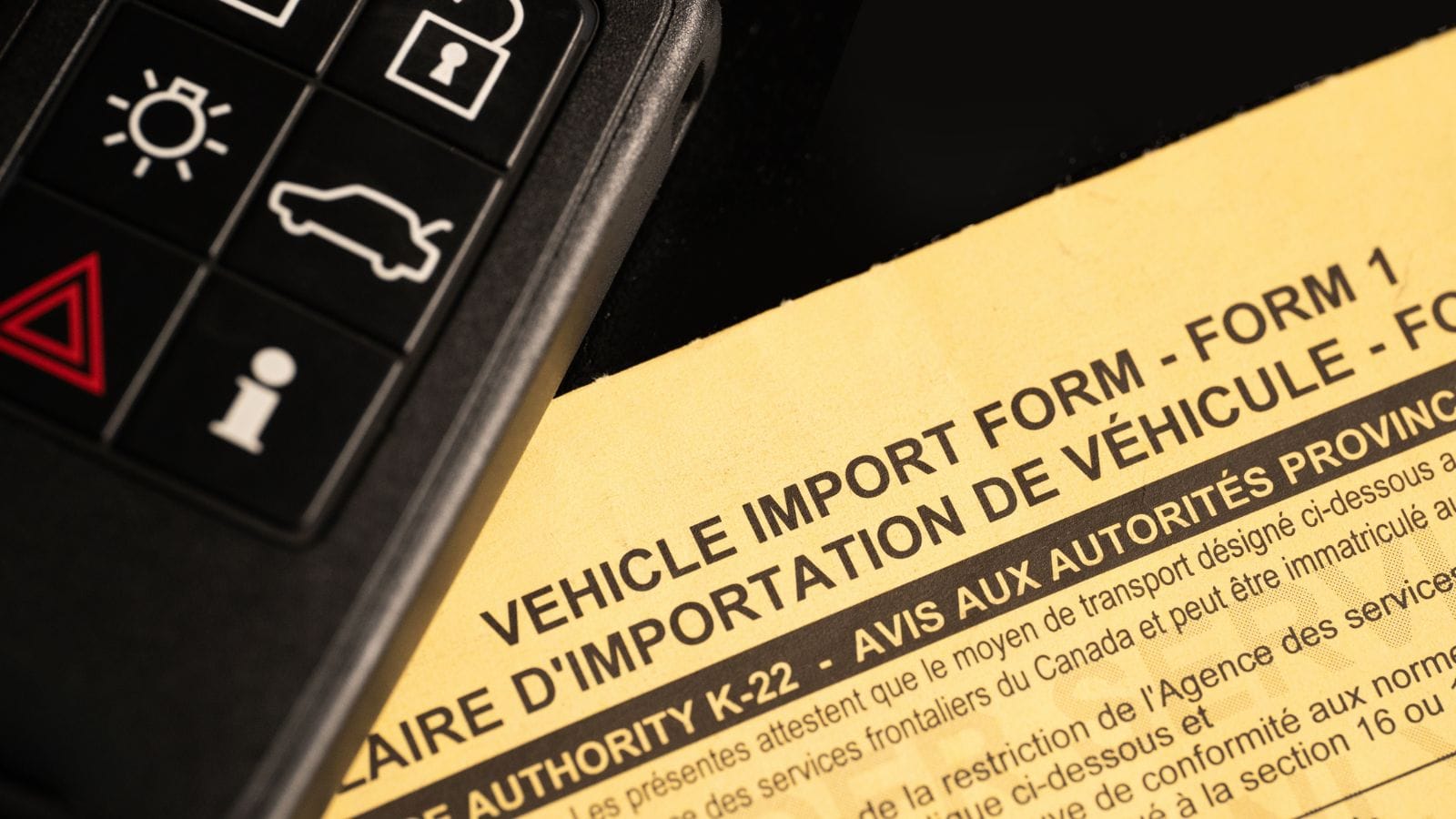
Motorhomes, collector cars, and performance vehicles that once crossed the border freely are now ensnared in a web of fees, inspections, and paperwork. U.S. dealers are less willing to sell across the border, and Canadian brokers face tighter windows for compliance. For hobbyists and small tour operators alike, the thrill of a cross-border deal is fading, as customs holdups and unexpected tax assessments make the process too risky, leading many to back out or opt for local alternatives, if available.
Dealership Inventory Shrinking Nationwide
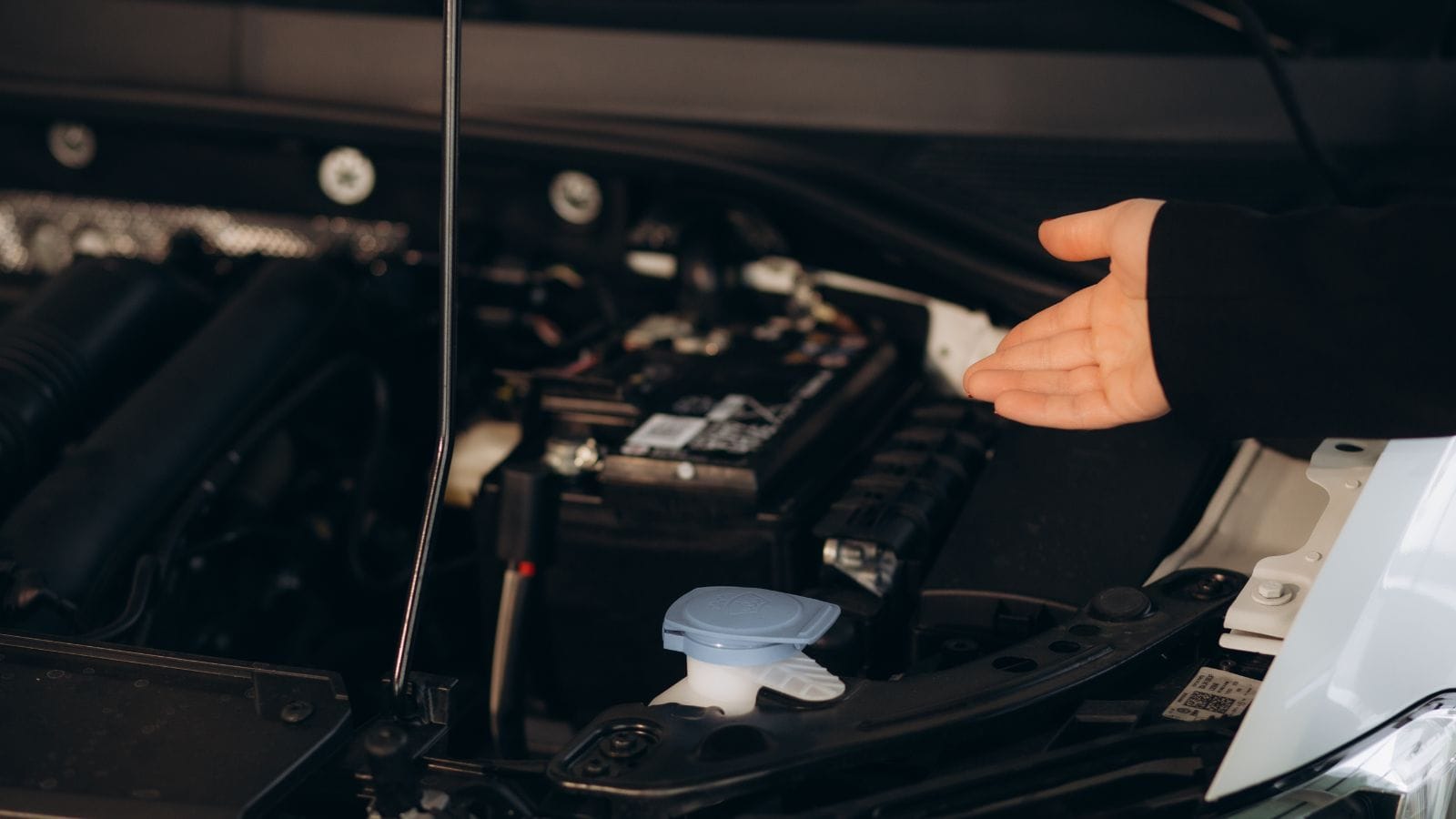
As tariff shocks ripple through supply chains, Canadian dealerships are scaling back orders and operating with leaner lots. The days of browsing rows of models in every trim and color are disappearing. For drivers, this means compromising on features or waiting months for factory builds, while for dealers, it means lost sales and thinner margins. Especially in smaller cities and rural areas, inventory cuts are leading to one-size-fits-all offerings that don’t match driver needs, demonstrating how trade policy has led to results visible in empty parking spaces.
Provincial Tax Adjustments to Offset Tariff Losses

Some provinces are tweaking vehicle-related taxes to recoup lost revenue from shrinking auto sales. This includes higher documentation fees, luxury taxes, and environmental surcharges. These hikes are often passed quietly through legislation or regulatory updates and may not be noticed until buyers sit down with a financing agreement. But for families already facing higher vehicle prices and interest rates, even a few hundred dollars more at closing adds significant strain.
Insurance Rates Rising with Vehicle Costs

As car prices rise due to tariffs and supply chain disruptions, so do insurance premiums. Insurers calculate risk based on replacement costs, and when even standard parts now cost more and take longer to arrive, claims become costlier. That risk is being priced into Canadian policies. From monthly rates to deductibles, drivers are paying for volatility created far above their pay grade. For younger drivers or those with older cars, the premium increase is disproportionately steep, as insurance becomes a combination of how you drive, where your car was built, and how easily it can be fixed.
Auto Loan Terms Stretching to Dangerous Lengths

To absorb sticker shock, many Canadian buyers are opting for longer-term auto loans, with some extending to 96 months or more. These extended terms help lower monthly payments but result in higher interest rates and more extended periods of negative equity. Trade-driven price hikes are forcing consumers into financing traps that erode long-term wealth and make it harder to upgrade vehicles in the future, leading to a quiet crisis unfolding in dealerships across the country, which sends families into deeper personal debt.
Reemergence of the Grey Market

As mainstream imports become less accessible or affordable, Canadian drivers are exploring grey-market alternatives through vehicles brought in unofficially, often without full compliance with regulations. This includes Japanese right-hand-drive models or vehicles modified to meet local standards. While cost-effective in the short term, these imports can pose safety and service challenges. Insurance coverage may be spotty, and parts may be more complex to find, but for desperate buyers or car enthusiasts, the risks are starting to look more acceptable.
Fleet Operators Facing Contract Disruptions

Canadian fleet operators, like rental agencies, taxi services, and delivery firms, are struggling to maintain vehicle replacement schedules amid rising tariffs. With contracts tied to cost forecasts and supply availability, many are breaching agreements or renegotiating terms. Replacement vehicles are delayed, and maintenance costs are climbing. Even ride-share drivers and food delivery workers are noticing the higher leasing rates, fewer service vehicles, and more downtime, as the fleet world is cracking under trade pressure.
Canada Losing Priority in Global Allocation
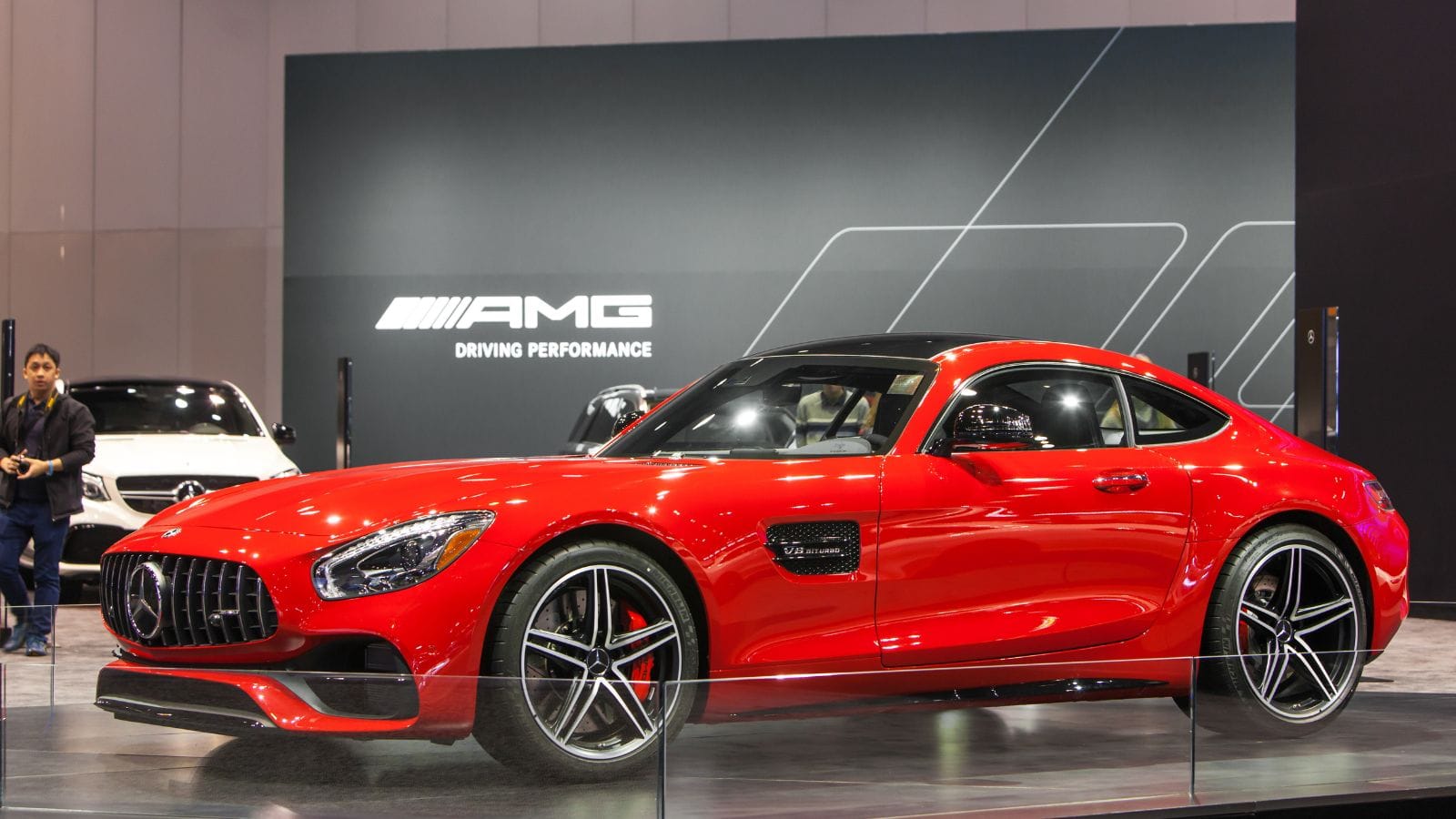
Automakers juggling global demand are increasingly sending top inventory to markets that offer better margins and fewer regulatory complications. That means Canada is sometimes left with slower rollouts, fewer trims, or scaled-back options for the latest hot models. Brands that once saw Canada as a straightforward extension of U.S. sales are now treating it as a smaller, more complicated market, and drivers are left watching online launches of vehicles they can’t test drive, let alone afford, for months.
Canadian Automotive Jobs in Jeopardy
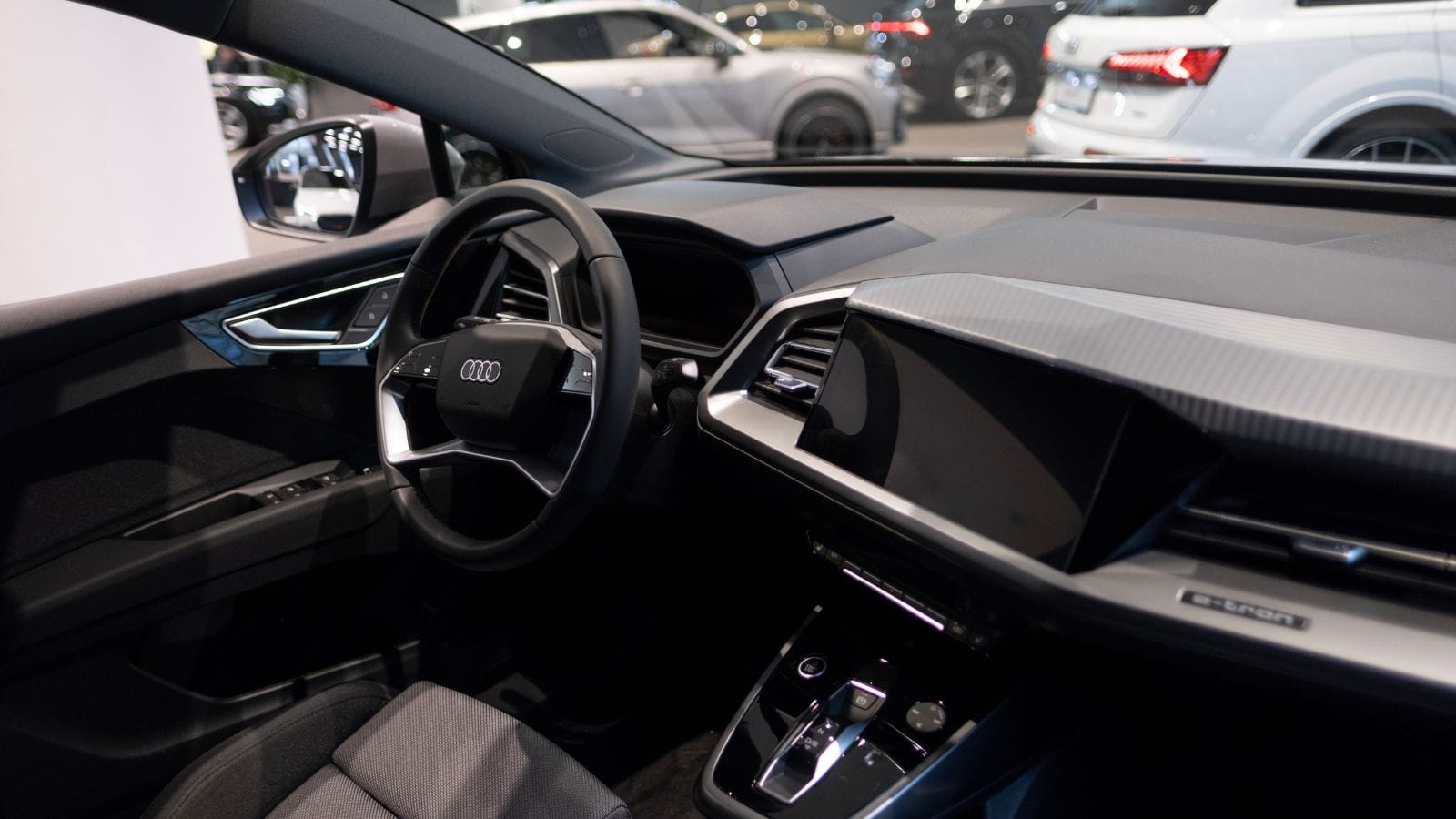
Ultimately, the trickle-down effect of trade policies affects not just drivers but also the people who build, sell, and service their cars. As tariffs raise costs and shrink margins, automakers are cutting hours, reducing shifts, and freezing hiring at Canadian plants. Suppliers are downsizing too, from Windsor to Oshawa, where workers are feeling the chill. And for small towns built around a single auto facility, these decisions are existential. Trade policy is about cars and livelihoods, and if the current path continues, many Canadian workers may be forced to rethink their road ahead.
Quotes are not sourced from all markets and may be delayed up to 20 minutes. Information is provided ‘as is’ and solely for informational purposes, not for trading purposes or advice.Disclaimer
25 Facts About Car Loans That Most Drivers Don’t Realize

Car loans are one of the most common ways people fund car purchases. Like any other kind of loan, car loans can have certain features that can be regarded as an advantage or a disadvantage to the borrower. Understanding all essential facts about car loans and how they work to ensure that you get the best deal for your financial situation is essential. Here are 25 shocking facts about car loans that most drivers don’t realize:
25 Facts About Car Loans That Most Drivers Don’t Realize
